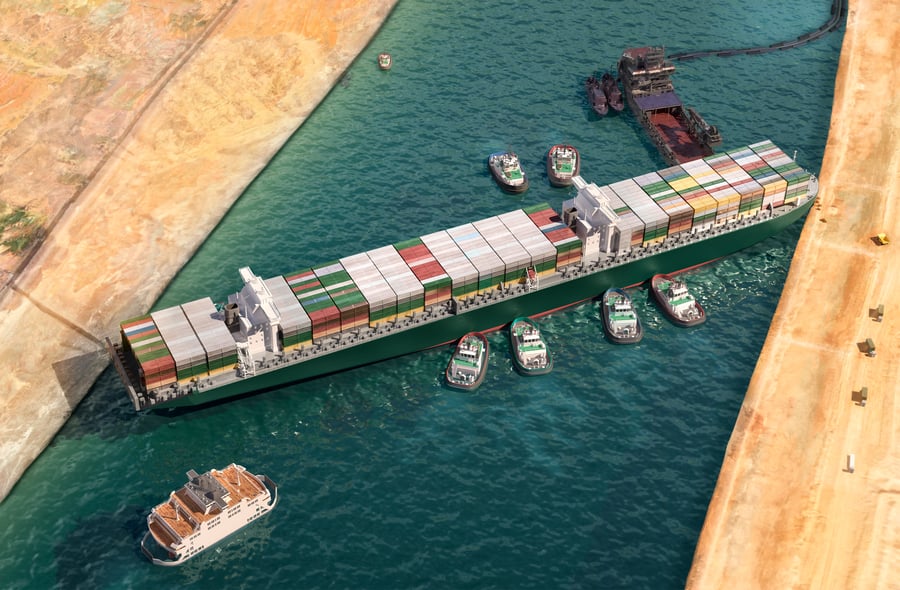You can only control the way your business does things. But when you work with lots of different suppliers, you’ll also be held responsible for their actions. Remember, you’re responsible for making sure every link in your supply chain is compliant with the laws in their country.
Sometimes, it doesn’t seem fair. You do everything you can to make sure your business is on the up and up, but you could still be fined if one of your suppliers doesn’t do the same thing. Take e.l.f. Cosmetics, for example. In 2019, the beauty company had to pay nearly $1 million when they imported false eyelash kits from China. No big deal, right? Our research shows that 43% of surveyed manufacturers offshore production to China. Well, in this case, things weren’t so simple. It turns out that the Chinese manufacturers had used two. suppliers that sourced materials from North Korea. Even though it wasn’t directly part of their supply chain, e.l.f. was still liable.
Real-time risk monitoring tools continuously track changes in a company’s financial standing, ownership structures and regulatory flags. With up-to-the-minute data like that, your compliance teams can spot red flags early. Things like sanctions, legal disputes, or AML (anti-money laundering) concerns are immediately flagged, so you can act quickly. Remember that compliance violations aren't just about the hefty fines: it’s also about keeping your reputation clean in the eyes of regulators, customers and business partners.



